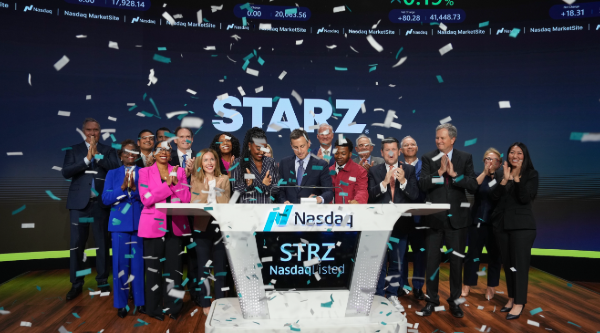Cornell University’s Johnson Graduate School of Management is using online video to bring the school to life for prospective students.
The videos, which went live on Cornell’s site (http://www.johnson.cornell.edu/academic/mba/) in January, show students and alumni talking about the program, highlighting benefits like networking, the faculty and the school’s reputation.
“The thing about executive MBA programs is that they are widely available,” says Tom Hambury, director, executive programs at the Johnson School. “People have access to many options so it’s really hard to differentiate. In all the programs you learn things like financial accounting, operations management and human resources.”
What the school is really trying to convey in the videos are the intangibles of Cornell’s offerings and the experience of being in the program.
“It’s hard to say we teach financial accounting better than anybody else,” says Hambury. “Heck, our faculty were all trained in the same two dozen schools and they all use the same text books, so its really hard to make a case that the educational aspects are going to be very different school to school.”
The staple of school marketing in the past, the brochure, worked, but it was static. Video can help bring the school to life.
“Today, people want to hear from live people, and they don’t necessarily want to hear generic comments,” he says. “They want to hear what people say about how hard the program is, what the workload is like, what it has done for their careers, why did they choose Cornell above other places. This allows us to do it in a way that is real and live.”
The MBA courses are mainly aimed at midcareer senior managers and professionals. Cornell operates two MBA programs out of its Johnson School. One is classroom-based and is run once a year, with approximately 65-70 students, at a facility just outside of Manhattan. The other program is run in conjunction with Queens University in Kingston, Ontario, and offered jointly through live interactive video conferencing in 19 cities across the U.S. and Canada.
Because prospective students typically work in offices with high speed Internet connections, video is an ideal medium to reach them, says Hambury.
E-mail blasts to purchased lists help drive traffic to the site, and print is used in regions near course locations. Publications include the eastern, pacific northwest, Ohio and Texas regional editions of the Wall Street Journal. Radio is also part of the mix in most markets outside of New York.
To judge the ROI, Cornell is looking at Web site analytics, to see where people go on the site, what they do and where they drop off. They are also looking at whether people are registering for events and if they are using the site to apply.
“Ultimately, the name of the game is applications that are good and turn into acceptances and enrollments. That’s the funnel we’re looking at,” Hambury says. “On other hand, we also know that people often look at executive MBA programs for a few years before they apply and join, I’m hoping we’re reaching people who maybe not now but next year or the year after will be applicants. The program costs $125,000 and takes two years of your life. It’s not an impulse kind of thing.”
For more on how colleges are using video both online and offline to recruit new students, see the June edition of Direct magazine.
 Network
Network

